Nature’s Drama At the Bottom of the World

In Chile—the long and preposterously slender country in South America—one can still feel utterly alone in the wild, particularly in southern Patagonia, a vast and almost mythical stretch of empty land. This is Chile’s largest and southernmost region, stretching south to Tierra del Fuego and including Cape Horn, where the forces of the Atlantic and Pacific Oceans meet.
I had signed on with US-based International Expeditions for this awe-inspiring adventure, guided by the well-known Claudio Vidal who explained how two of the main economic activities of this treeless and sparsely populated region are sheep farming and tourism. We saw a whole lot of the former and next to nothing of the latter: Outside of the occasional gringo, tourism is light and Americans are infrequently seen.

Patricia with Gaucho at Estancia Cerro Negro
Upon the arrival of our overnight flights from the US, we boarded the 3.5 hour flight from Santiago to Punta Arenas, Chile’s first permanent settlement in Patagonia—with only a faint reminder of its early pioneer days in the late 1800s—and would slowly work our way north in the following days.
Located 100 miles north, Puerto Natales is the seaside gateway city to Torres del Paine National Park and a growing tourist town of 20,000. A few easy-paced days in the region included a delicious lamb ‘asado’ barbecue at a 15,000-acre sheep farm, the Estancia Cerro Negro, followed by a sheep-shearing demonstration (imagine doing 250 in one day!). We also spent time with a young gaucho, his wife and infant son who proudly shared the history of the 15,000-acre ranch they called home.
The Torres del Paine National Park, the real reason visitors come to this far flung corner of the continent, is a remote windswept outpost in the heart of Chilean Patagonia and one of nature’s last untrammeled wildernesses. Unmapped before the 1930s, the national park is a 600,000-acre network of aquamarine lakes, ancient forests, rolling grasslands called pampas, rivers, and fjords. But it is perhaps best known for the “torres” themselves, three slender towers once called Cleopatra’s Needles, and the glacier-eroded Cuernos del Paine, the spectacular rose-colored “horns” that rise dramatically from the Patagonian steppes. An eastern spur of the Andes, they serve as a kind of grand finale to the mountain chain.
Vast and pristine, Torres is the largest and most visited park in Chile, and the magnet for Chile’s burgeoning ecotourism industry. But with just 250,000 annual visitors (half of whom are foreign) it can still feel empty (except perhaps for the popular Christmas holidays). Torres del Paine’s massive relief dominates the park while also reveling as the showcase of Patagonia.

The guanaco, cousin of the llama
This natural wonderland contains more than 200 species of plants and 26 species of animals, including the tall, orange-and-white guanaco, a cousin of the llama; the gray fox; the ostrich-like rhea; and the ever-elusive mountain puma. The Andean condor, with its fabled 10-foot wingspan, occasionally appears against the sky above the surreal landscape; it is one of 115 different species of native birds found here.
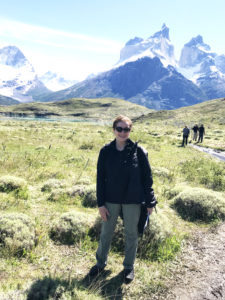
Hiking in Torres del Paine
The weather is notoriously capricious—we were regularly advised to wear layers and expect four seasons in one day. The park’s winds—stronger during the Southern Hemisphere’s peak summer months of January and February (and able to reach 80 mph)—have become the stuff of legend, especially for hikers who are only half joking when they say the principal purpose of their heavy backpacks is to help keep them grounded.
Within this scenery-in-the-round of sometimes surreal beauty, some of South America’s finest hiking can be found. Hardy travelers head for the most highly trekked option, the “W,” a 40-mile trail that runs from east to west and takes about 4-to-6 days to complete with basic-style refugios (shelters) along the way for overnight accommodations. The more demanding and less frequented “O” Circuit—often ranked among the finest in the world—loops around through 40-to-65 miles (depending upon which side-hikes you choose) of scenic territory. Far easier (and quicker) hikes await the less ambitious (or less conditioned), and horseback riding and kayaking provide their own perspectives on the park.
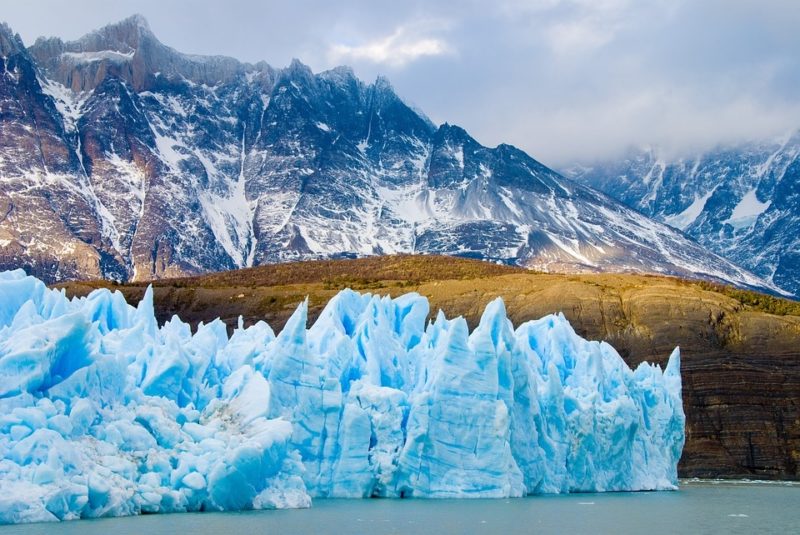
Lago Grey, Torres del Paine National Park
Of the park’s 35 square miles of lakes, Lago Grey is a focal visit for the monstrous sprawling Grey Glacier, which flows south into the lake. Measuring over 100 square miles and part of the Southern Patagonian Ice Field (similar to an ice cap), visitors can get up close and personal aboard the boat operated by the Hotel Lago Grey, a perfect location for our 2-night stay.
Chile shares Patagonia with Argentina and although our itinerary’s finale included the famous Perito Moreno Glacier near the town of El Calafate, most of our time was spent in Chile.
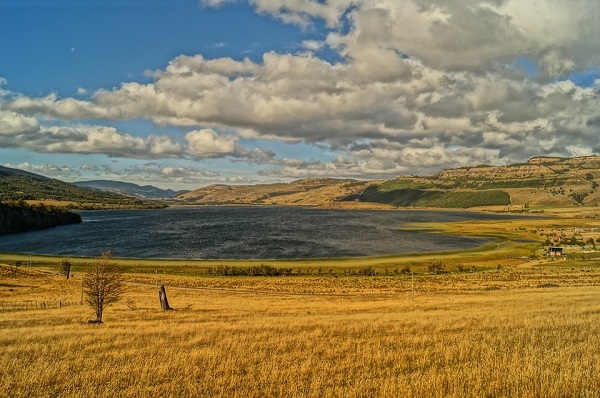
Traces of civilization can seem few and far between.
Here, a stay in the vast and serene world of Patagonia promises a moment of Zen-like calm with unparalleled nature. It is a ubiquitous and powerful force here that feeds the soul—by its golden pampas, majestic peaks, comical penguins, and the graceful soaring of a condor. Many a pre-dinner pisco sour was shared with our warm Chilean hosts at the end of an idyllic day, toasting this special land where there is wonder in every tiny detail and nature on a colossal scale.
And don’t forget to check out the book!
 About the Book:
About the Book:
The world’s bestselling travel book is back in a more informative, more experiential, more budget-friendly full-color edition. A #1 New York Times bestseller, 1,000 Places reinvented the idea of travel book as both wish list and practical guide. As Newsweek wrote, it “tells you what’s beautiful, what’s fun, and what’s just unforgettable—everywhere on earth.” And now the best is better. There are 600 full-color photographs. Over 200 entirely new entries, including visits to 28 countries like Lebanon, Croatia, Estonia, and Nicaragua, that were not in the original edition. There is an emphasis on experiences: an entry covers not just Positano or Ravello, but the full 30-mile stretch along the Amalfi Coast.
Every entry from the original edition has been readdressed, rewritten, and made fuller, with more suggestions for places to stay, restaurants to visit, and festivals to check out. And throughout, the book is more budget-conscious, with starred restaurants and historic hotels such as the Ritz, but also moderately priced gems that don’t compromise on atmosphere or charm.
The world is calling. Time to answer.
Buy the Book
Amazon | B&N | Indiebound | Workman

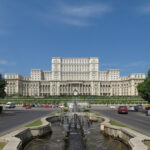


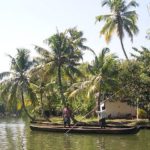
No Comments